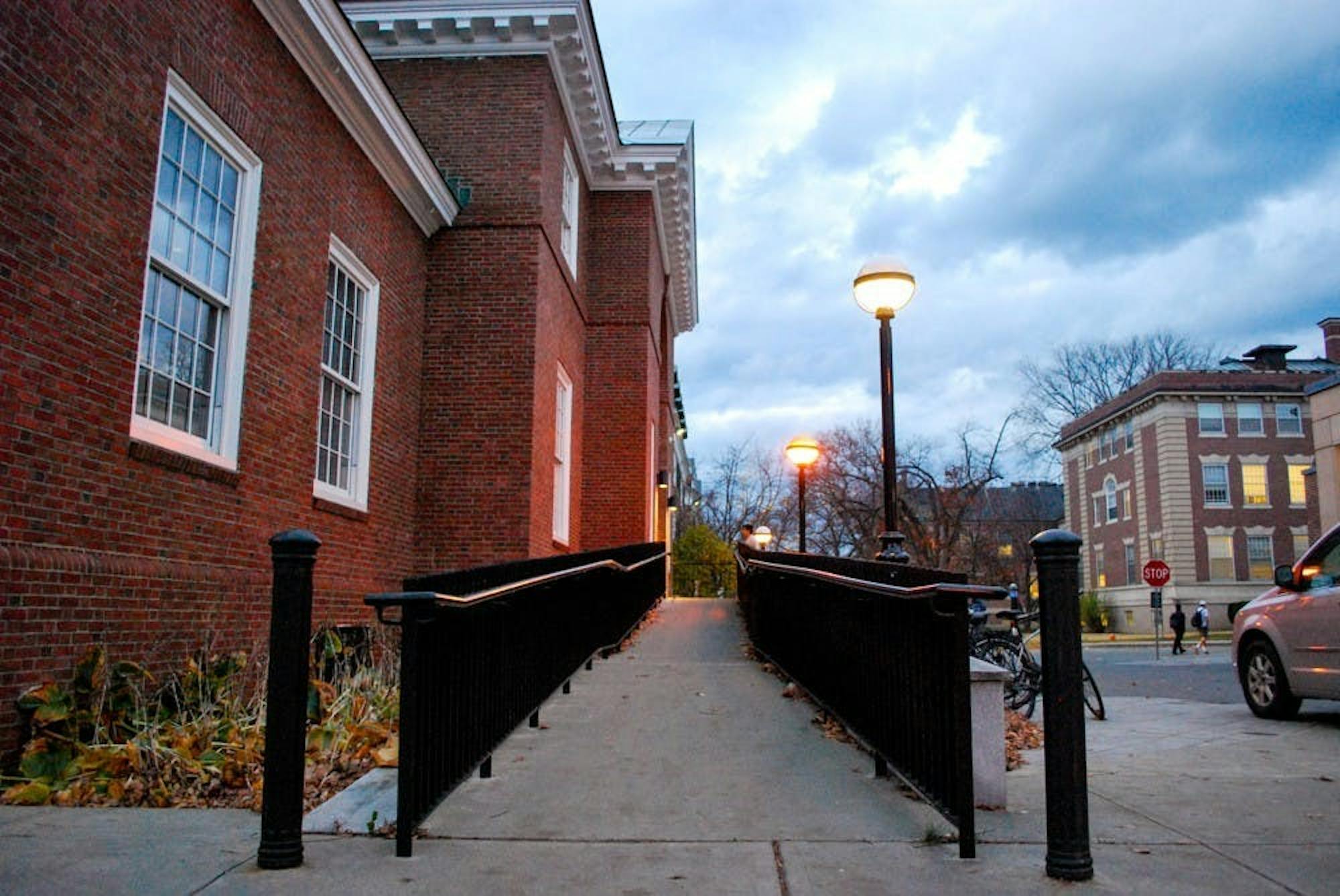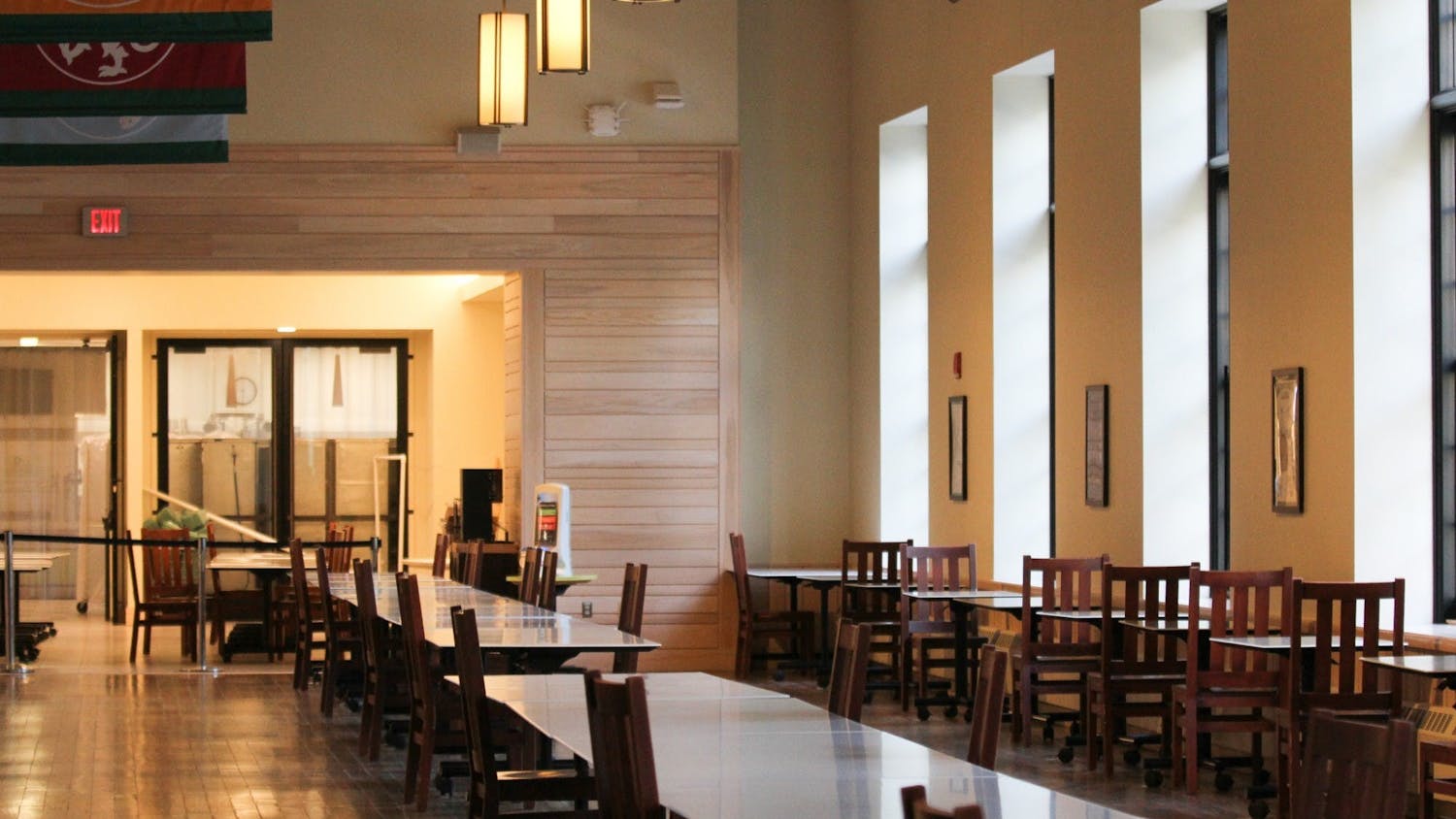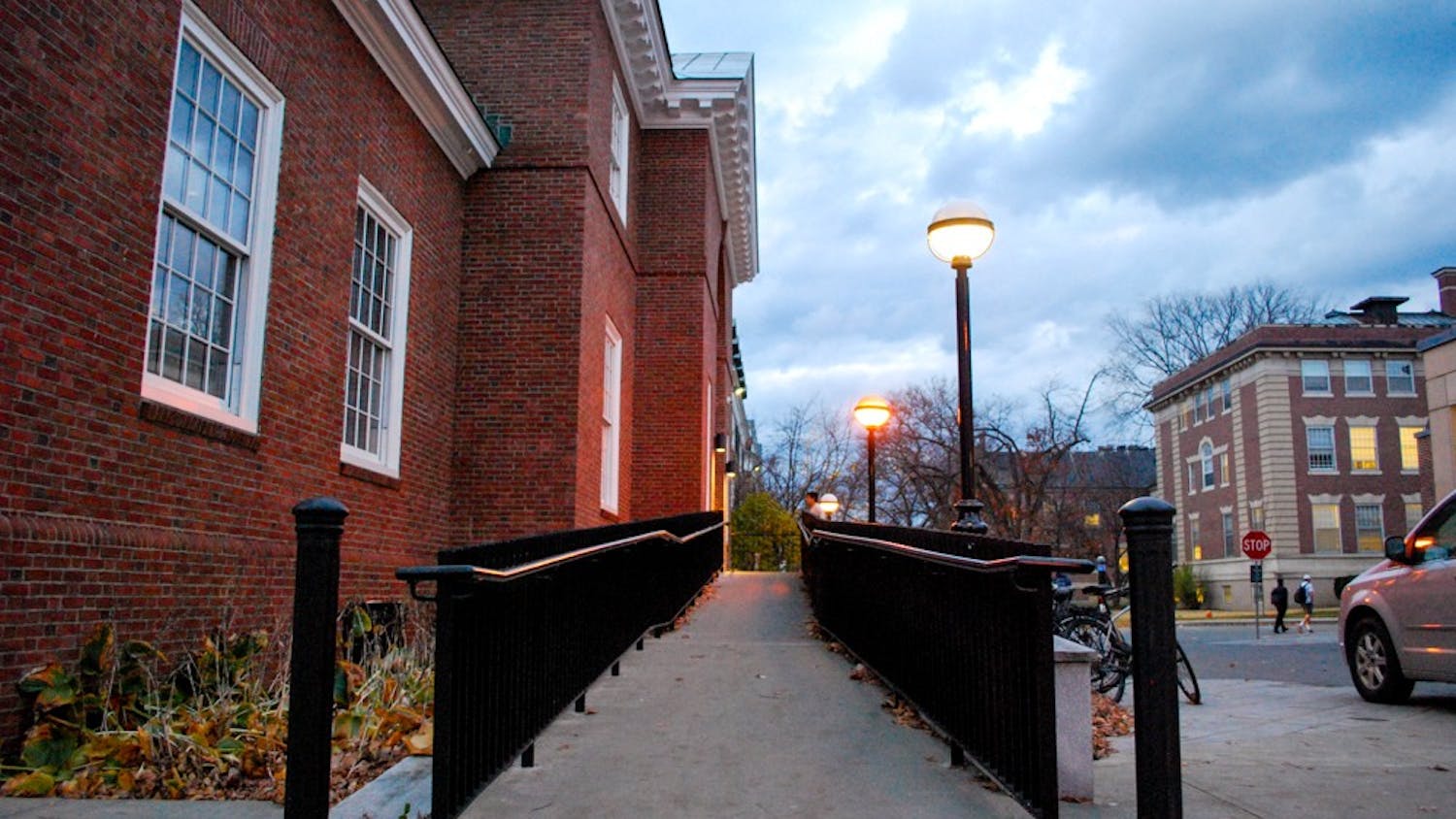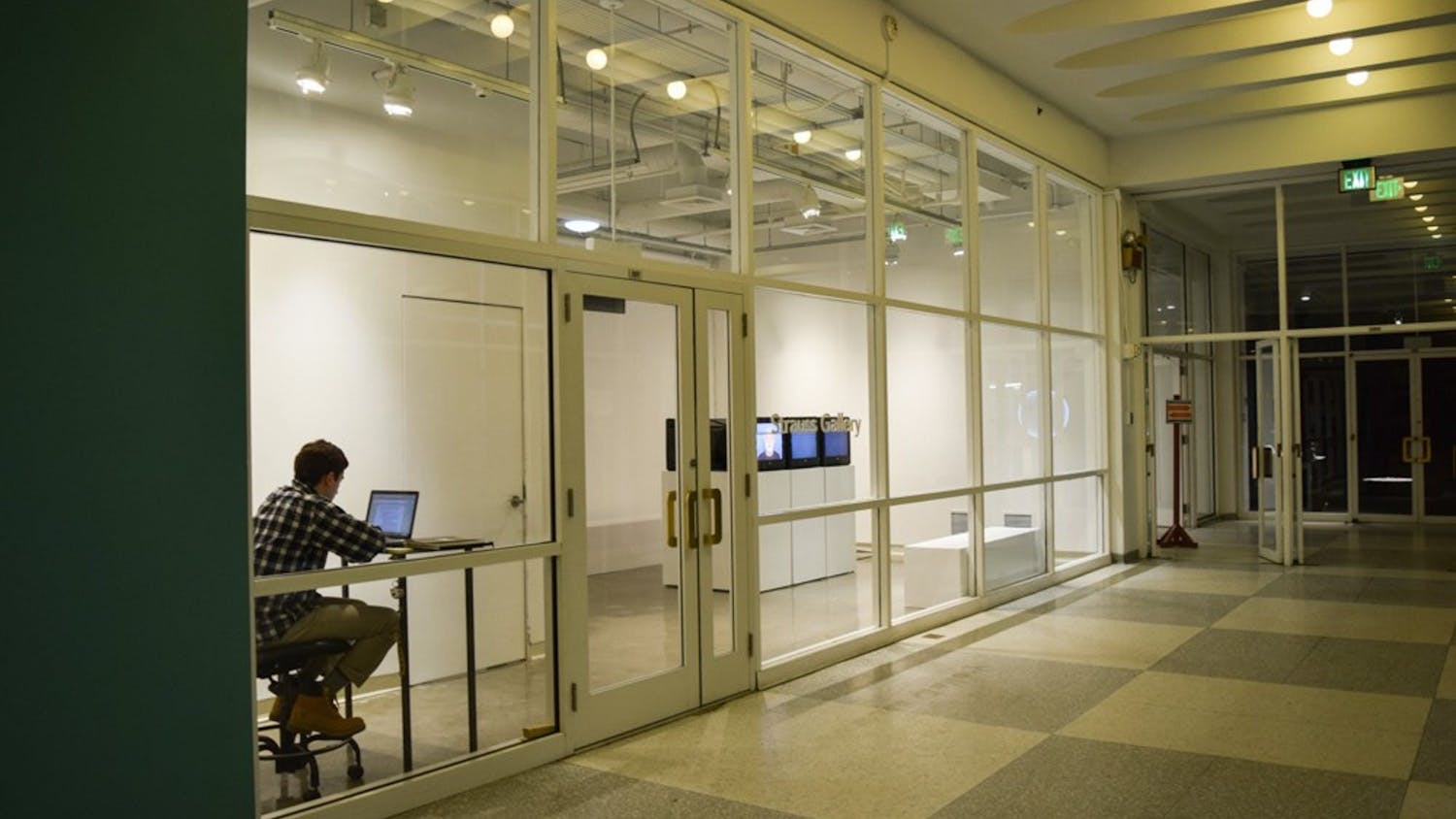On Jan. 26, after the initial quarantine period ended for students on campus, the Class of 1953 Commons, Novack Cafe, Collis Cafe and Ramekin opened for in-person dining for the winter. This term, ’53 Commons will offer “late night” service — a one-time Collis staple known for its snacks and comfort foods.
’53 Commons, Collis, Novack and Ramekin are all open for breakfast, lunch and dinner. As in the fall, Novack will be open during the “late night” meal period as well. Students can use meal swipes at all dining halls except for Ramekin, and dining dollars and DASH can be used in all dining locations. As in the fall term, the Courtyard Cafe remains closed.
Currently, ’53 Commons is able to seat 220 students at once, according to ’53 Commons general manager Brandon Crosby. The seating capacity in the other dining halls is considerably lower; Novack has 34 seats available, Collis has 22 and Ramekin is not open for dining in. At all locations, chairs are spaced out to allow for social distancing, and many tables are limited to one person.
Crosby noted that ’53 Commons has reserved seating available for students from 10 a.m. to 3 p.m. According to Dartmouth Dining director Jon Plodzik, students are able to reserve one of the 28 available seats in Sarner Underground from Monday to Friday using the OpenTable app. He added that at any time of day, students can check how full ’53 Commons is by visiting the “’53 Commons Status” website, which features a “Cookie-o-Meter” indicating how many seats are available.
Plodzik wrote in an email statement that unlike in the fall, reservations are not required to dine on the second floor or in the Paganucci Lounge this term.
According to Plodzik, ’53 Commons will be closed from 8:30 p.m. to 9 p.m. in order to transition from dinner to late night service, which consists of “past favorites from the Courtyard Cafe and Collis Cafe,” including mozzarella sticks, bobs, steak quesadillas and hot wings.
Ericka Tamayo-Guevara ’24, who recently visited ’53 Commons for late night, said that she is thankful for the additional location for food later in the evening, especially since Novack would often be “so crowded” during the fall. She noted that she especially enjoyed the diverse range of options at ’53 Commons that are not available during regular hours, including the “Bob Marley,” a perennial favorite of Dartmouth students.
General manager of Novack and temporary general manager of Ramekin Chris Robbins said that late night offerings at ’53 Commons have led to a noticeable decrease in the lines at Novack, which he estimated saw 300 to 400 students per night in the fall.
To comply with safety regulations, Crosby also noted that dining rooms at ’53 Commons close for disinfection hours, but the hall remains open for service during these periods. The north dining room, known as “dark side,” is closed from 10 a.m. to 10:30 a.m., followed by the south side — “light side” — which is closed from 10:30 a.m. to 11 a.m., and the second floor, which closes from 11 a.m. to 11:30 a.m.
Crosby added that the same routine occurs between lunch and dinner between 3 p.m. and 4 p.m. In addition, Crosby said that the College Health Service visits the dining halls twice a week, compared to its weekly visit during the fall term.
General manager of Collis Cafe and Collis Market Doreen Blake said that all staff members have undergone COVID-19 training, and only 10 students are allowed into Collis Cafe at a time, not including its dining room.
Blake noted that the only change to Collis’s dining operations were the new opening hours for Collis Market — a shift from 9 a.m. in the fall to 11 a.m. this term.
In Collis Cafe, the food bar hours have stayed as they were in the fall, with the stir-fry section closing at 7 p.m. and the rest of the cafe closing at 8 p.m.
The only challenge Blake said she has encountered has been “reminding students that the dining room is just for eating.” However, she added that “students understand and are really good about it.”
Vicqueline Escalona ’24 noted that the limited opportunities for interaction while dining may be a challenge for some students. Though she said she understood why students could not dine together outside in tents, given the cold weather, she said that the distance between students and the abundance of one-person tables could make it difficult to strike up conversation.
“For me, it’s fine because I made friends during the fall term, but I think the social aspect of getting meals at Dartmouth is really important, and I don’t think it’s as accessible for people this winter,” she said.
This term, students can use the GET app to order their food at Ramekin, Novack and Collis and pay ahead of time using dining dollars.
Plodzik wrote that the Green2Go program will be available for the remainder of the term. The containers will cost $10 instead of the previous $4 in dining dollars “due to the low return rate of previous years.”





